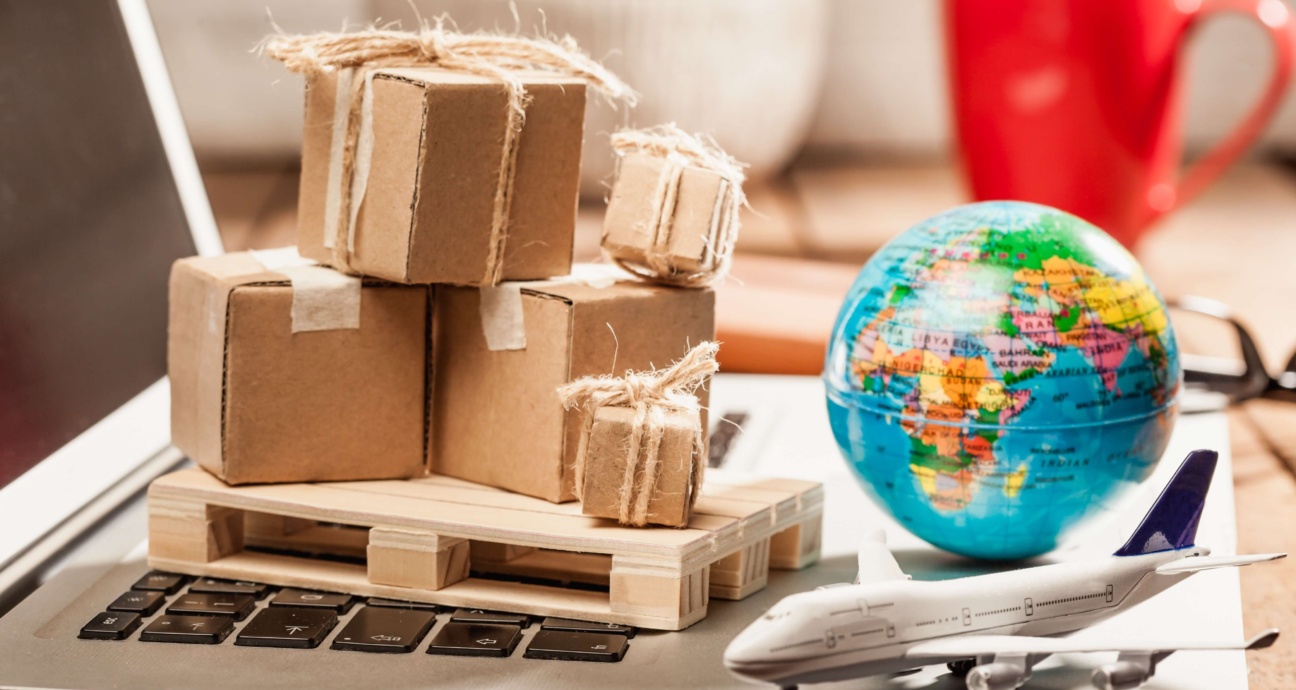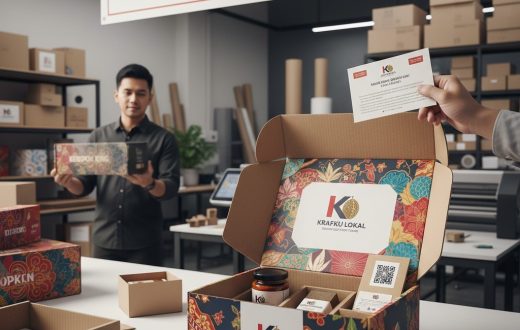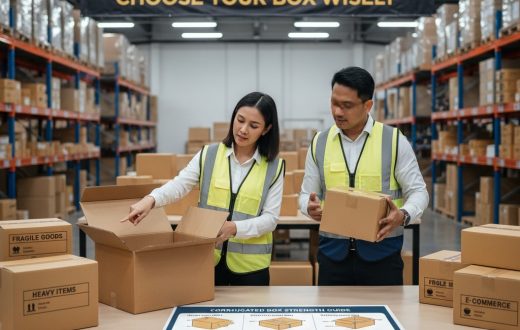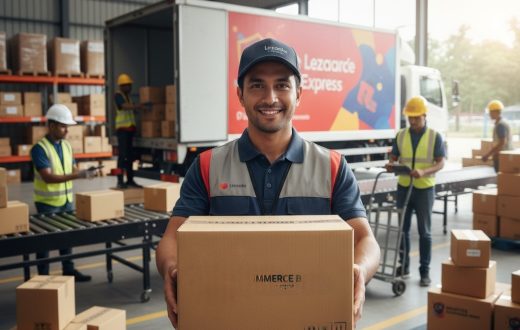In international trade, the safety of goods during transit is of utmost importance. The right export packaging ensures that your products reach their destination securely, intact, and undamaged. Today, different types of export packaging are available, each suited to specific types of products and modes of transport.
Importance of Secure Export Packing
Export packaging is crucial for protecting goods during transportation. It ensures that products remain intact and undamaged throughout their journey, safeguarding your investment and reputation. Proper export packaging reduces the risk of damage from handling, transportation, and environmental factors, such as moisture and temperature variations.
Let’s explore some of the most common and secure export packing options to help you make the right choice for your shipments.
Types of Export Packaging and Their Uses
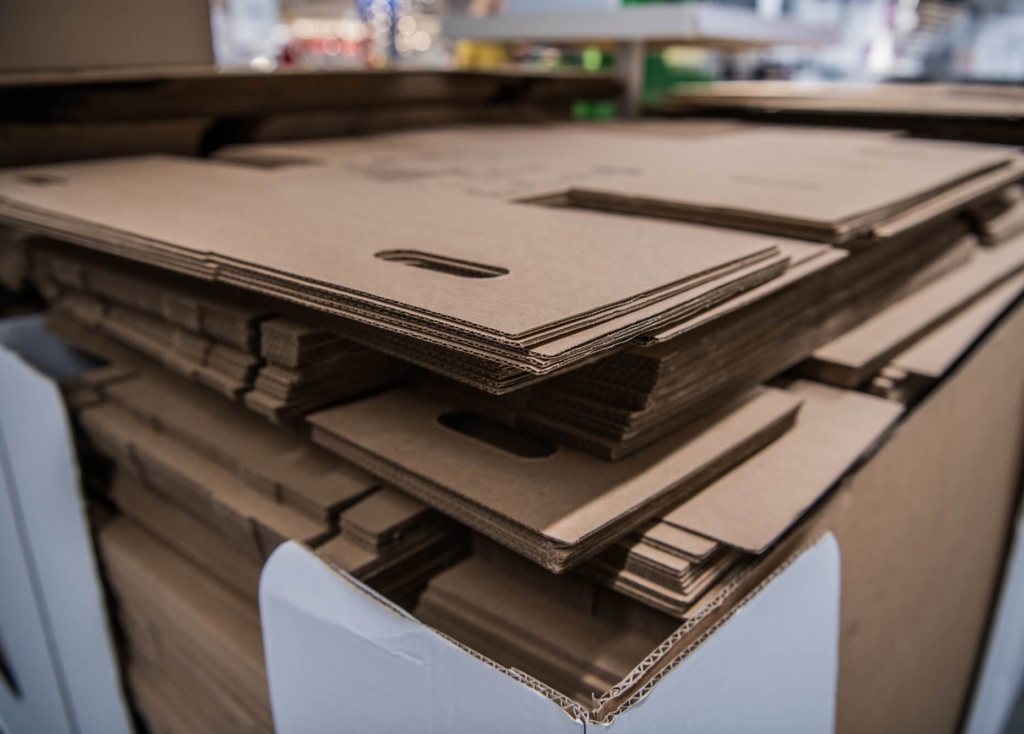
1. Corrugated Cardboard Boxes
Corrugated cardboard boxes are one of the most versatile and widely used types of export packaging. They are lightweight, yet sturdy, providing excellent protection for a variety of products. Corrugated boxes are customizable, making them suitable for packaging products of different shapes and sizes. Additionally, they are cost-effective and environmentally friendly, as they are made from recycled materials.
2. Boxes and Crates
Boxes and crates are commonly used for shipping larger items or multiple products together. They provide sturdy protection and are often made from wood or plywood. Boxes and crates can be customized to fit specific product dimensions and transportation requirements. They are ideal for products that require extra protection or are too large for standard corrugated cardboard boxes.
3. Drums
Drums are used for transporting liquids, powders, and other bulk materials. They are typically made from steel, plastic, or fiber and are designed to withstand the rigors of transportation. Drums come in various sizes and are available in both open-head and tight-head designs. They are suitable for products that need to be sealed and protected from contamination during transit.
4. Pallets
Pallets are essential for efficiently transporting goods in bulk. They provide a stable base for stacking and securing products, allowing for easy handling with forklifts or pallet jacks. Pallets come in various materials, including wood, plastic, and metal. They are an excellent choice for optimizing storage space and minimizing the risk of damage to goods during transit.
5. Containers
Containers are used for shipping goods via sea, air, or land transport. They come in standard sizes and are made from steel or aluminum, providing a high level of protection for goods. Containers can be loaded directly with products or used to transport pallets or other types of packaging. They are suitable for long-distance transportation and offer security against theft, tampering, and environmental hazards.
Factors Consider When Choosing the Right Packing Options
When selecting export packaging for your goods, consider the following factors:
1. Nature of the Product
Choose packaging that is suitable for the type of product you are shipping. Consider factors such as size, shape, weight, and fragility.
2. Mode of Transportation
Different modes of transport have specific requirements for packaging. For example, goods transported by sea may require more robust packaging to withstand the elements, while air freight may have size and weight restrictions.
3. Destination and Transit Duration
Consider the distance your goods will travel and the environmental conditions they may encounter along the way. Choose packaging that provides adequate protection against moisture, temperature variations, and other hazards.
4. Cost and Sustainability
Balance the cost of packaging with its effectiveness and environmental impact. Opt for packaging materials that are cost-effective, reusable, recyclable, or made from sustainable materials.
5. Regulatory Requirements
Ensure that your packaging complies with international shipping regulations and safety standards. This may include requirements for labeling, handling, and hazardous materials.
All in All
Indeed, selecting the right export packaging is essential for protecting your products during transit. Regardless of whether you choose corrugated cardboard boxes, crates, drums, pallets, or containers, the goal is the same: to safeguard your goods and ensure their safe delivery.
In this regard, companies can make informed decisions that benefit their business and customers by understanding the different types of export packaging available and considering factors such as product nature, transportation mode, and destination.


